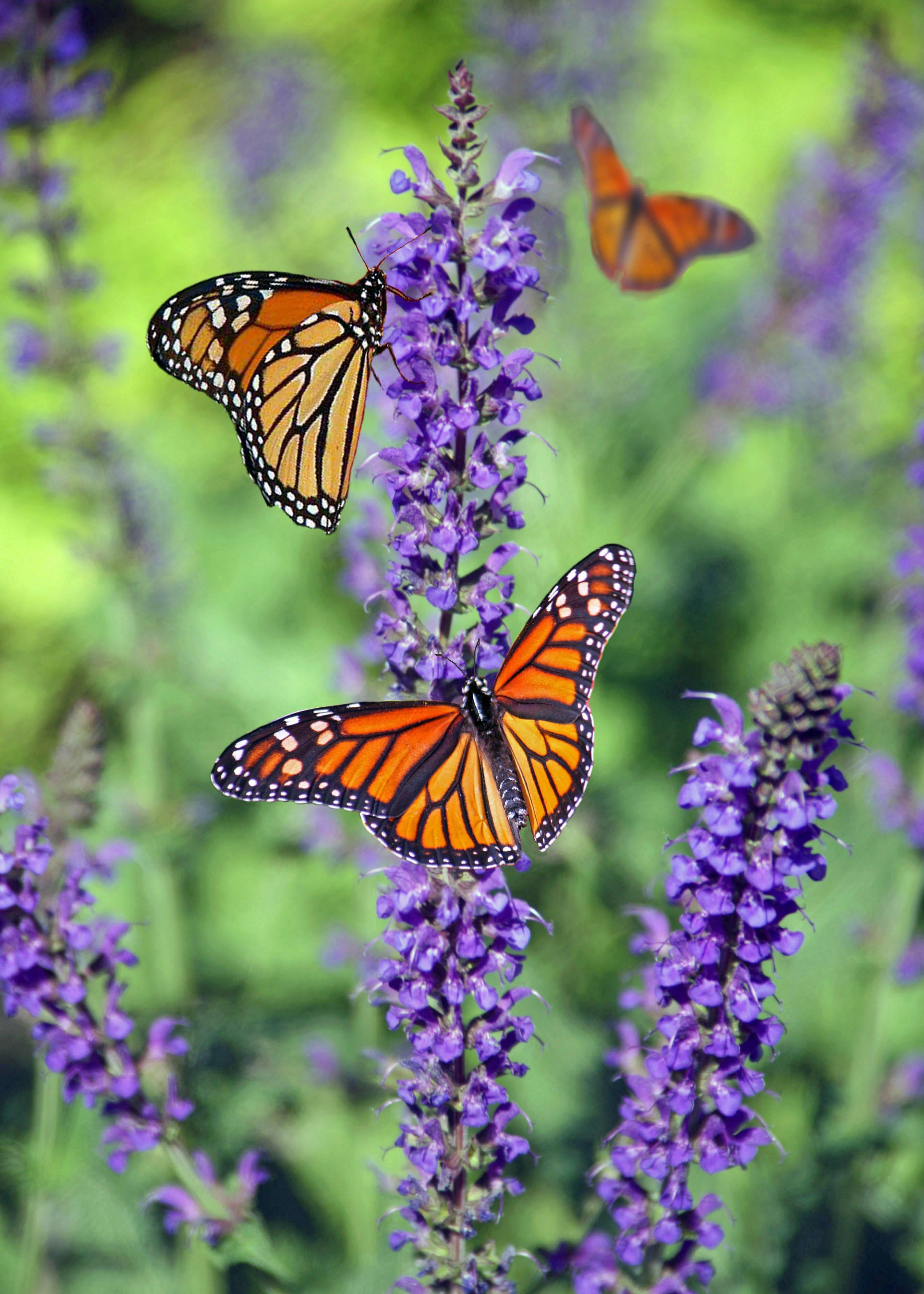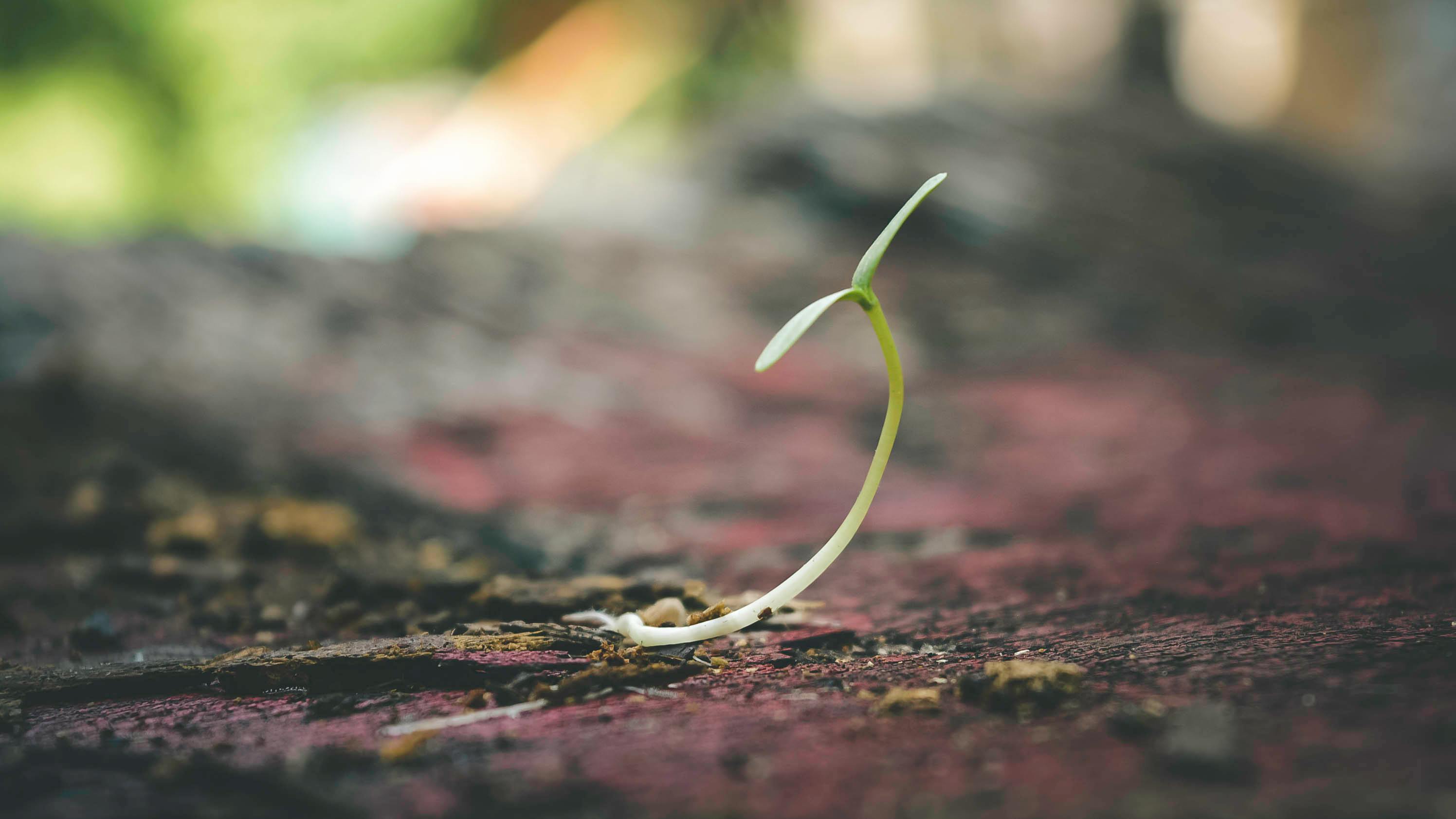Crafting Engaging Lesson Plans for Preschoolers
Posted by AIR Training Solutions on Apr 28th 2025
Creating lesson plans for preschoolers is an exciting and rewarding endeavor. A well-structured lesson plan not only provides a roadmap for the day’s activities but also helps ensure that each child is engaged, learning, and developing essential skills. In this blog post, we’ll explore the key components of an effective lesson plan, provide some fun examples, and discuss how these plans can prepare preschoolers for their transition to kindergarten.
Key Components of a Lesson Plan
An effective lesson plan includes several critical components. Familiarizing yourself with these elements will help you create plans that are both fun and educational.
- Objective: This is the primary goal of the lesson. What should the children know or be able to do by the end? Objectives should be clear and measurable, focusing on specific skills or knowledge.
- Materials Needed: List all the supplies, tools, and resources you’ll need for the lesson, including books, art supplies, and any technology.
- Introduction: This section outlines how you will introduce the lesson. Planning a captivating opening helps grab the children’s attention and sets the stage for the learning that will take place.
- Activities: This is the heart of the lesson plan. Detail the hands-on activities, discussions, and projects that will engage the children. Clearly outline the steps they will follow to achieve the lesson's objective.
- Assessment: Describe how you will assess the children’s understanding throughout and at the end of the lesson. This may involve observations, discussions, or end-of-activity reflections.
- Closing: Ending the lesson on a high note is essential. Include a recap of what was learned, and possibly a fun closing activity or song to reinforce the topic.
Fun Lesson Plan Examples
Here are a few example lesson plans that can bring joy and learning into the classroom:
Bees

Objective: Children will learn about the roles of bees in our ecosystem and the importance of pollination.
Materials Needed: Pictures of bees, flower cutouts, honey, a magnifying glass.
Activities:
- Introduction to bees through pictures and discussion about their importance.
- Create “beehives” using paper plates and paint.
- Conduct a science experiment by observing how bees pollinate flowers (using the cutouts).
Assessment: Children can share what they've learned during group discussion.
Butterflies

Objective: Children will understand the life cycle of butterflies.
Materials Needed: Butterfly life cycle toys or pictures, art supplies (paper, markers, glue).
Activities:
- Read a story about butterfly life cycles.
- Create a craft representing the four stages of a butterfly's life.
- Enjoy a "butterfly dance" where children mimic butterfly movements.
Assessment: Ask children to identify the stages of the lifecycle after completing the craft.
Plant Life Cycle

Objective: Children will learn about how plants grow from seeds.
Materials Needed: Soil, seeds, plant pots, a ruler for measuring growth.
Activities:
- Discuss what plants need to grow.
- Plant seeds in pots and measure soil and water needed.
- Keep a growth journal to track the development of their plants.
Assessment: Children will present their growth journals and describe what they observed.
Preparing Preschoolers for Kindergarten Through Lesson Planning
While creating engaging lesson plans, it’s essential to keep in mind that these activities also prepare preschoolers for kindergarten. Here are a few strategies to integrate readiness skills:
- Focus on Social Skills: Incorporate group activities to foster teamwork and communication. This can be through cooperative games or shared projects.
- Develop Fine Motor Skills: Many preschool activities revolve around cutting, drawing, and building, which helps prepare children for writing and other tasks in kindergarten.
- Promote Critical Thinking: Ask open-ended questions during lessons to encourage children to think critically and express their ideas.
- Encourage Independence: Design activities that allow children to make choices and take responsibility for their work, promoting their confidence as learners.
In conclusion, well-constructed lesson plans are instrumental in making learning fun and effective for preschoolers. By incorporating various subjects, engaging activities, and essential skills, educators can help ensure a smooth transition to kindergarten and a lifelong love of learning. Happy planning!
